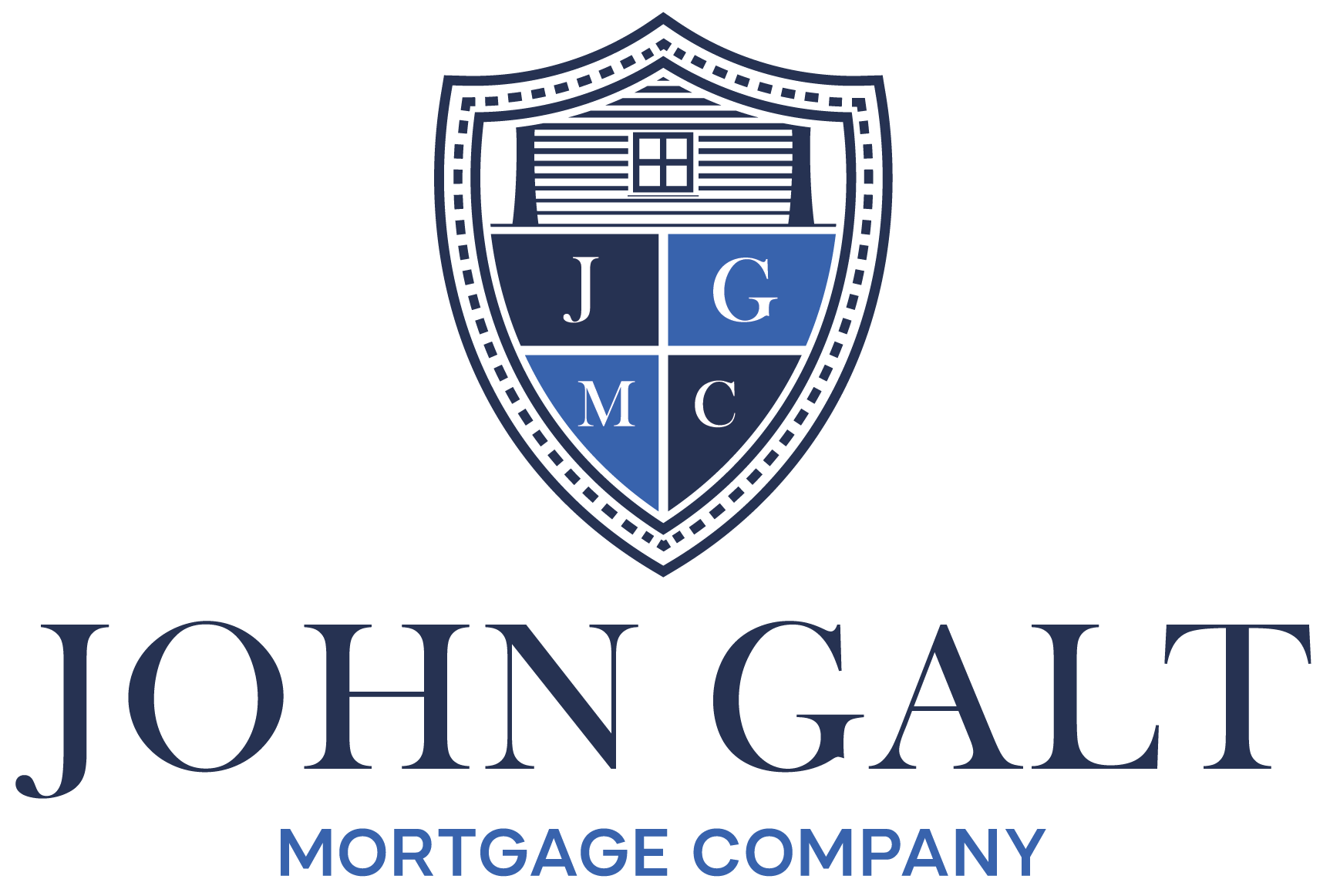
If you’re a first-time homebuyer, you’re up against a whole dictionary of new vocabulary — and we should know. It’s our first language.
Of course, one of the words you’re going to hear constantly is mortgage. That one is our specialty. But what is a mortgage anyway?
Lots of people have them; you hear about them all the time. But truth be told, most people don’t understand what makes a mortgage or why that information is important.
That’s why we’re going to educate you on this subject — so you can be among the few who truly know what’s at stake.
Let’s start with this:
Put simply, a mortgage is a loan that’s used to buy property.
The hook? The property itself is used as collateral for said loan.
This means that if you don’t repay your debt as promised, your lender has the right to take the property back. (We call that foreclosure.)
So, the basic components of a mortgage are:
- Principal: This is the amount of money you borrow.
- Interest: The cost of borrowing the money.
- Term: How long you have to repay the debt (30 years is common).
- Amortization: This is the schedule that dictates how your payments are applied to the principal and interest over time.
- Down payment: The amount of money you pay upfront for the property.
- Collateral: Security for your lender (i.e., the property).
We know that’s a lot of vocab words, but they bring us to our next point: Mortgages are essentially regular bonds that happen to be collateralized by a house.
If you don’t know, a bond is a debt instrument. It’s used when someone (usually a company or the government) borrows money from investors and agrees to pay it back with interest.
That’s essentially what happens with mortgages: A bank lends borrowers money in exchange for future payments — but the process doesn’t end there.
Banks actually bundle thousands of mortgages together into mortgage-backed securities (MBS). These are then sold to investors who receive payments from the homeowners’ mortgages.
Very similar to a bond, right? (Spoiler: The government isn’t that creative. They reuse their processes often.)
So, why does all this matter to you?
Because understanding what a mortgage really is helps you understand why mortgage rates change — and that knowledge is powerful when you’re thinking about buying a home.
Take the current economy, for example. You’ve probably noticed that it isn’t doing so hot, which has a major effect on mortgage rates. If you’re looking to buy a house soon, this is something to keep at the forefront of your mind.
The reality is that mortgage rates often go down when the economy or stock market slows down. This is because investors shift their money into safer assets (like actual bonds).
But the stock market isn’t the only thing driving mortgage rates. We also need to look at:
- Inflation: When inflation is sucking the life out of the economy (like it is right now), mortgage rates can remain where they are… or go up. This is how lenders compensate for the reduced purchasing power of future payments. This is also why inflation is the worst.
- The Fed’s monetary policy: It’s never good, but it’s heinous these days. The Fed has a habit of overriding the free market to do whatever it wants with interest rates, which means mortgage rates are also at its mercy.
- Likely scenarios: If the economy stays slow and inflation drops, we’ll see a drop in mortgage rates as well. But if inflation stays high and investors stay nervous? Well… don’t count your chickens (or move to the countryside and do just that. We’re in support of the homestead lifestyle around here).
At the end of the day, mortgage rates are less predictable than we’d like them to be — but that won’t stop us from trying to get you the best possible deal.



